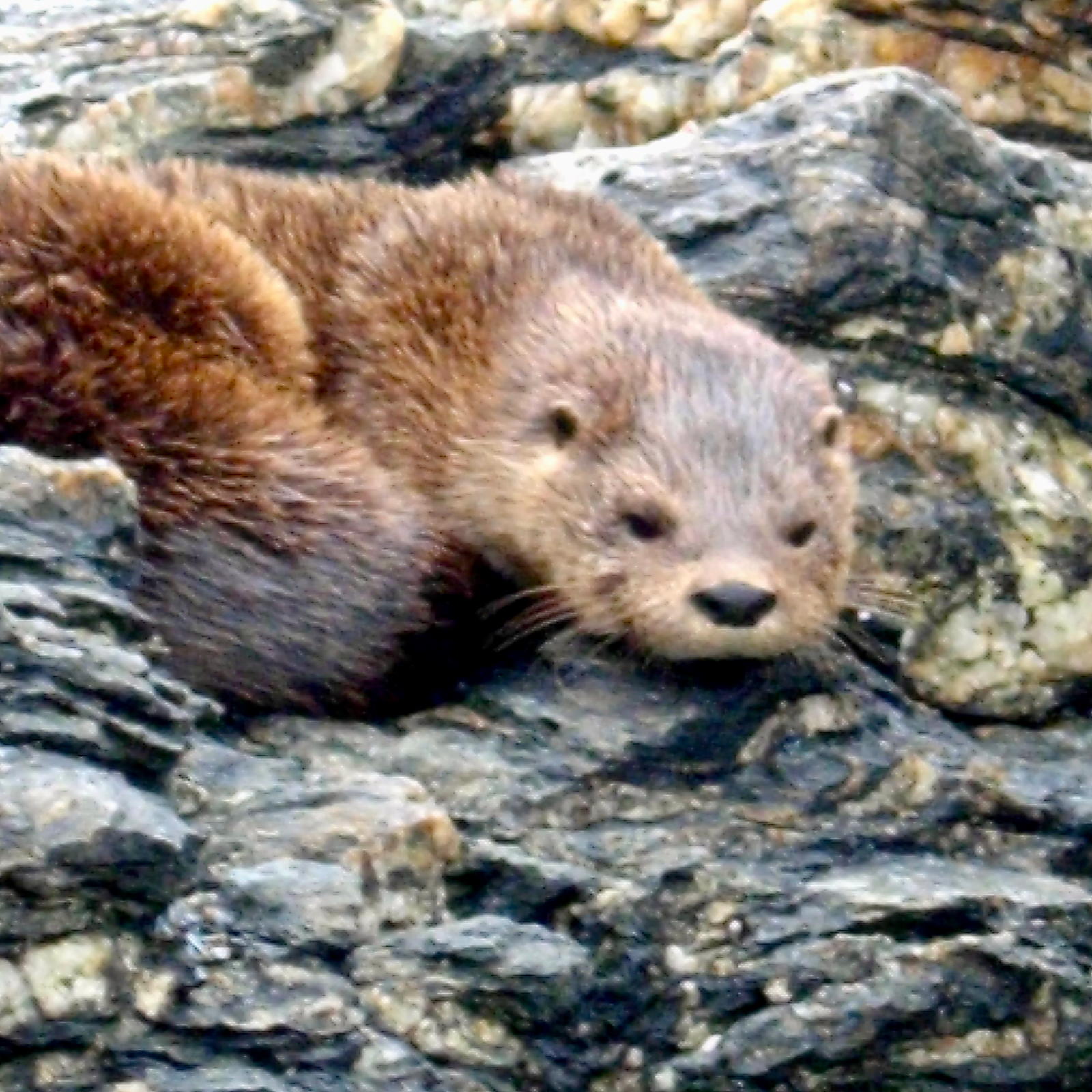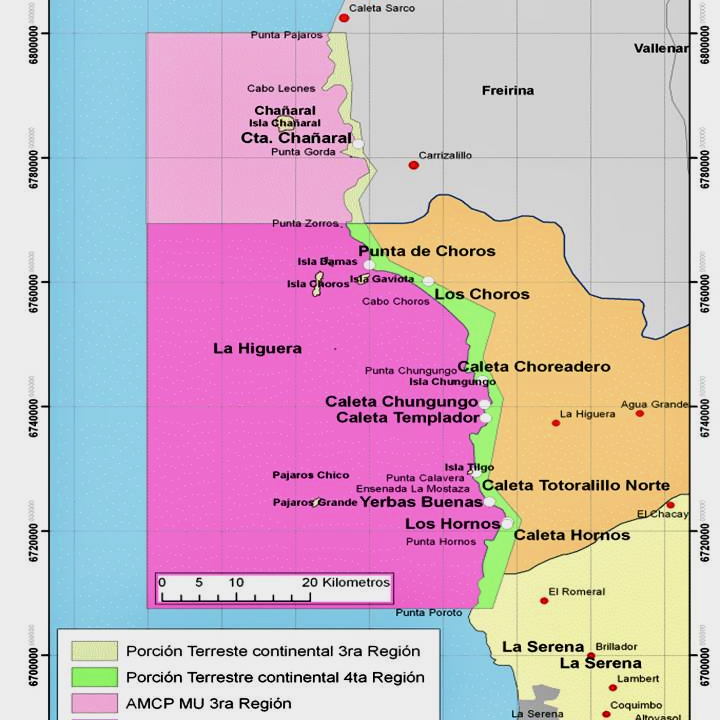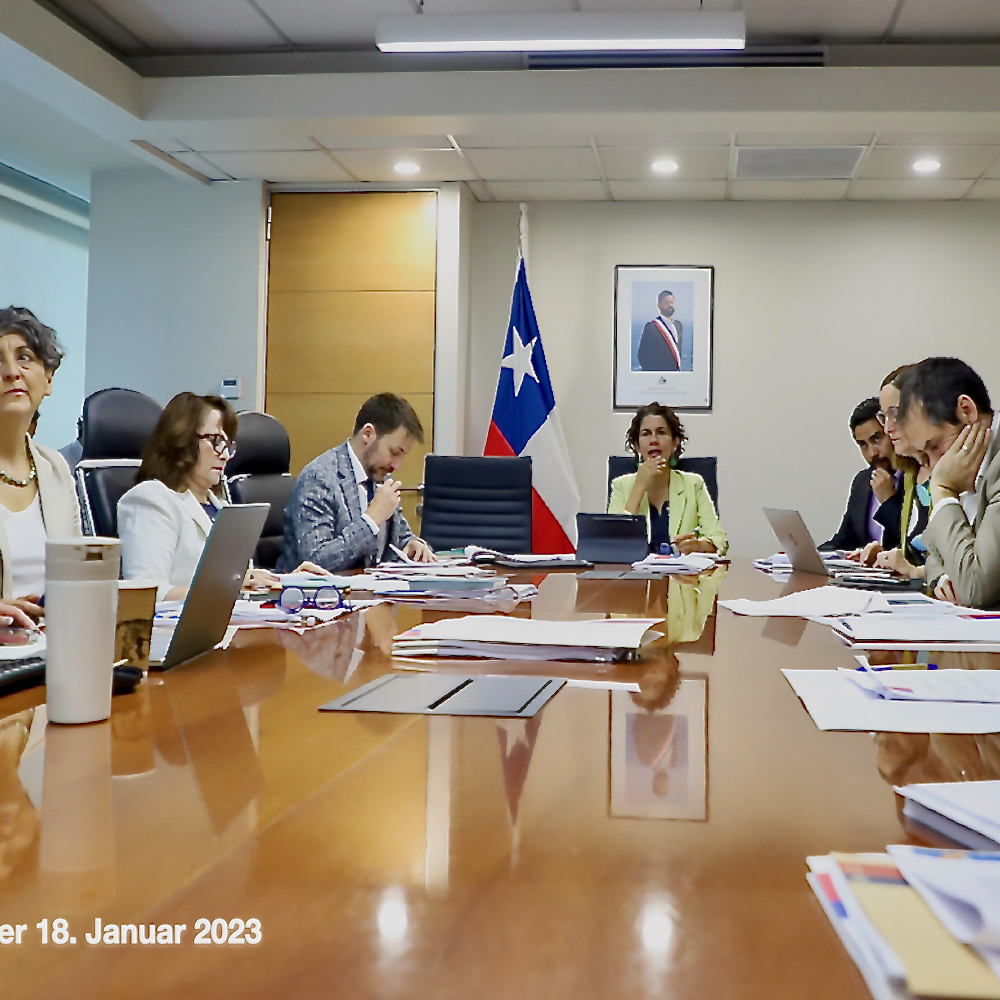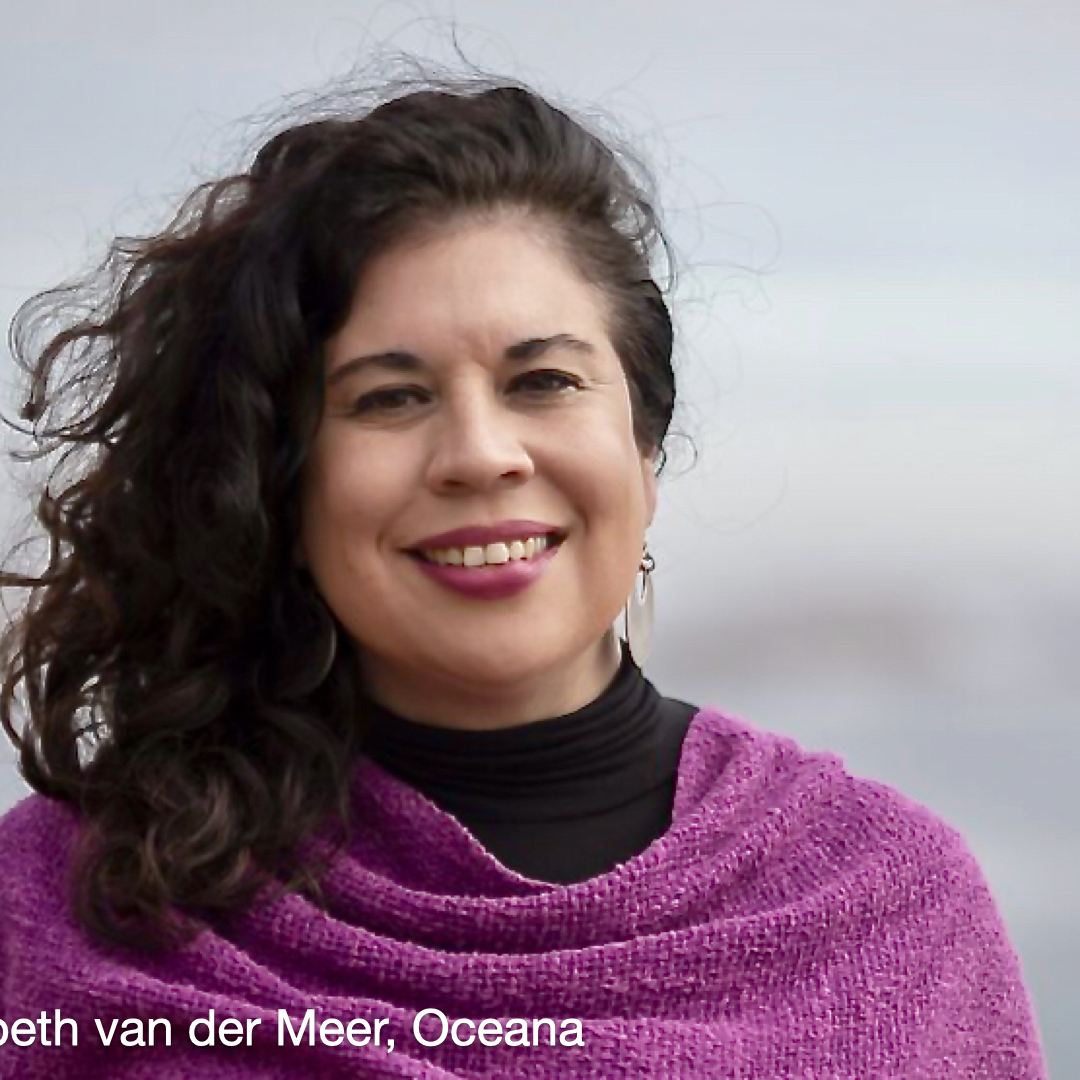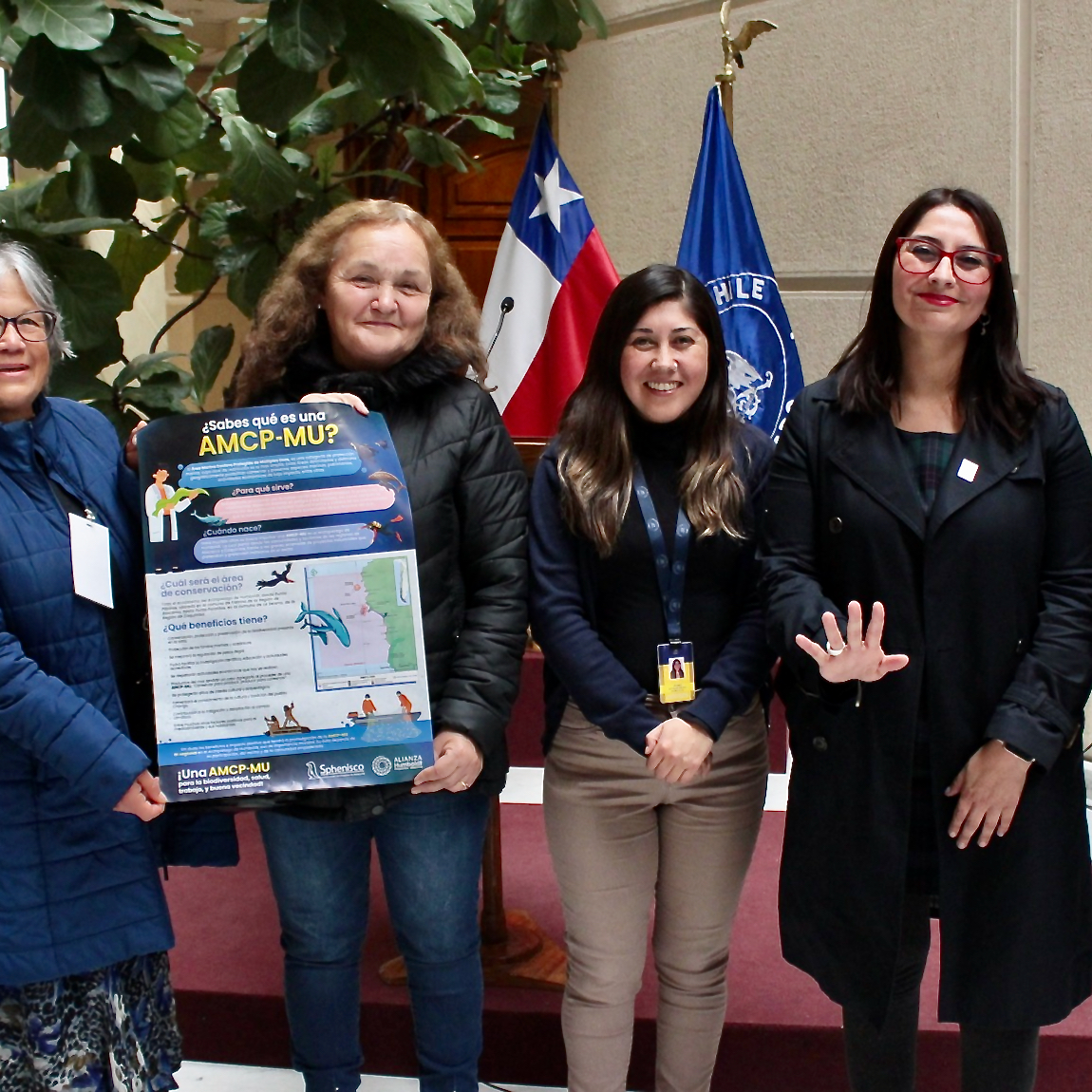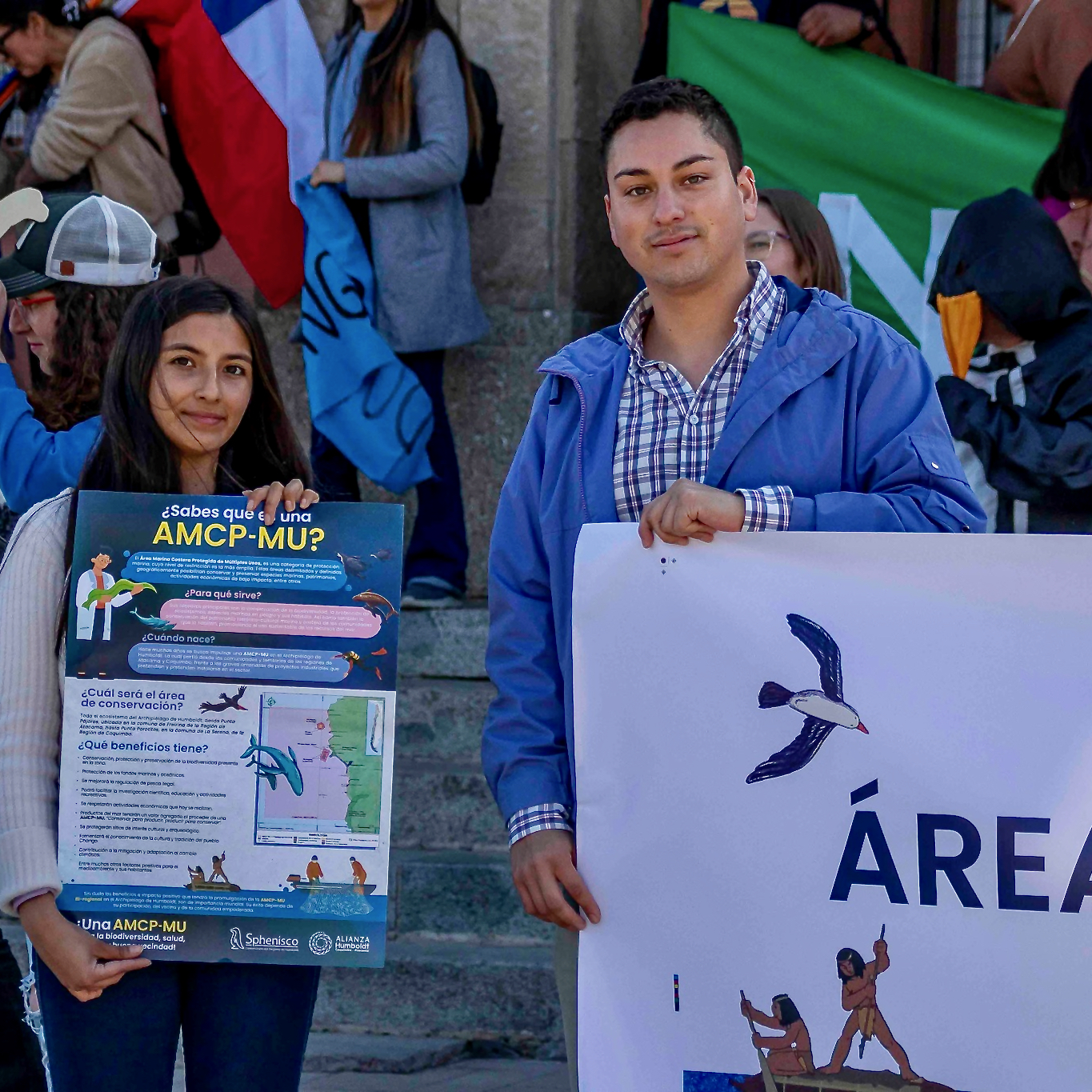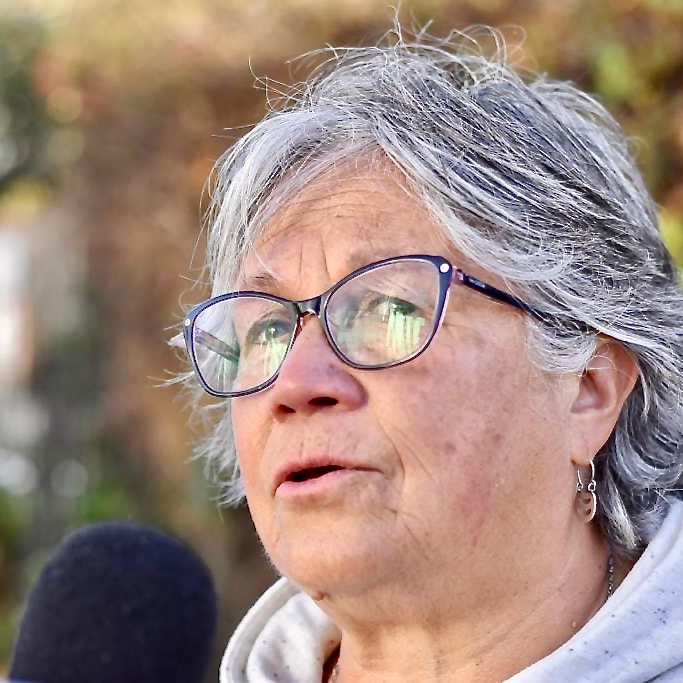Santiago, Landau 14th August 2023. The Council of Ministers for Sustainability unanimously decided on 11 August to protect the Humboldt Archipelago as "Área Marina Costera Protegida de Múltiples Usos, AMCP-MU" (marine protected area with different uses). Unlike a marine park, where only research and observation activities can be carried out, activities with a low environmental impact such as artisanal fishing and tourism are allowed in an AMCP-MU. Because ministers feared scaring off investors, there was massive opposition to this decision until the last minute. Institutions and civil society groups from the communities of Freirina (Atacama region) and La Higuera (Coquimbo region) were significantly involved in the long participatory process.
"With this measure, we are making progress in conserving biodiversity in coastal waters, creating sustainable development opportunities for communities and promoting economic benefits in tourism, recreation and fisheries," said Environment Minister Maisa Rojas.
"This is one of the most important environmental policy achievements in Chile in recent times, not only for the protection of this biodiversity hotspot, but also for safeguarding economic activities such as artisanal fishing and tourism, which are crucial in both regions," said Liesbeth van der Meer, Executive Director of the NGO Oceana.
Mining company Andes Iron praised the "important moderation" of the new proposal, stressing that "no a priori prohibitions are included" and that "free navigation and anchoring will not be affected".
When everyone is unhappy, it is usually assumed that a workable compromise has been found. But what if everyone is happy? Historic success or deceptive package?
What is known so far?
- With the decision, the Humboldt Archipelago - a sensitive ecosystem of global importance - finally receives a protection status, even if only at a very low level. This protection will raise the standard in future environmental impact assessments and in decisions on the use of the marine region. This standard must be observed in all economic activities.
- In contrast to previous plans and decisions, the entire ecosystem from Punta Pájeros (Freirina municipality) in the north to Punta Poroto (La Serena municipality) in the south, a total of 5760 square kilometres, was placed under protection. This was the first time that the unity of the ecosystem and its location in two regions - Atacama and Coquimbo - were taken into account.
- In making the decision, the government also committed itself to massively promoting development in the previously severely neglected municipalities of La Higuera and Freirina financially. In view of such perspectives, Yerko Galleguillo, mayor of La Higuera, until now a staunch opponent of the marine protected area, also switched to the camp of supporters.
- All currently existing permits and licences remain valid after the declaration of the Marine Protected Area. This applies to the fishermen's Áreas de manejo (benthic resource management and use areas), to already protected island and marine areas (Reserva Marina Choros Island and Damas as well as Chañaral Island and the National Reserve of the Humboldt Penguin (Reserva Nacional Pingüino de Humboldt). These areas retain their higher protection status. The Áreas de manejo are not a problem, as they are already sustainably managed today. However, the guarantee of existence also applies to the concession of the loading port Cruz Grande of the company Companía Miñera del Pacifíco (CMP).
- Contrary to urgent demands by scientists and conservationists, large industrial projects in the sensitive ecosystem have not been banned. Their settlement with shipping traffic, anchoring of ships or even large desalination plants (1) are permitted in principle. How this openness is to be brought into line with the preservation of biodiversity in the Humboldt Archipelago remains the secret of politics and the proponents of industrial projects and provokes new legal disputes.
Unfortunately, the danger of destroying the Humboldt Archipelago is not averted with such an openly conceived marine protection zone, at best it is somewhat improved. We remember. Mining copper and iron ore at the Andes Iron and CMP mines is not profitable at all, according to mining experts. The political decision-makers are taking speculative objects into account in their decision for a particularly open marine protected zone. (see "Dominga" the great deception - World Heritage Site as speculative object 15 September 2021 on these pages).
What happens next?
A decree "Àrea Marina Costera Protegida de Múltiples Usos - Humboldt Archipelago" is drafted at short notice and submitted to President Boric for signature. Then, in a process lasting about 2 years, a management plan is developed that regulates the various uses and their control in detail. The supporters of industrial projects, above all Mayor Yerko Galleguillo, will continue to massively try to exert influence in favour of large-scale industrial projects. It is therefore crucial that citizens, fisherfolk and tourism organisations from Freirina and La Higuera, together with environmental groups, participate effectively in the development of the management plan.
W. K.
translated by Claudia Fawer
Notes
(1) This process produces brine, i.e. brine solution. It is significantly saltier than seawater and contains chemicals and dissolved metals such as magnesium, sodium, calcium, potassium, bromine, copper, chlorine and lithium. These substances are added to prevent clogging and damage to the desalination plants. After the desalination process, the mixture is usually discharged back into the sea, sometimes also into other bodies of water or pumped into brine ponds for evaporation. In Chile, the residues are often permanently stored in the landscape. A major and permanent threat to ecosystems.
Sources
NGO Oceana, press release, 11 August 2023
El Mostrador, online-newspaper, Santiago, 12 August 2023
El Dia , daily newspaper, La Serena, 12 August 2023
Nancy Dumen B., La Serena, personal messages, 13 August 2023



